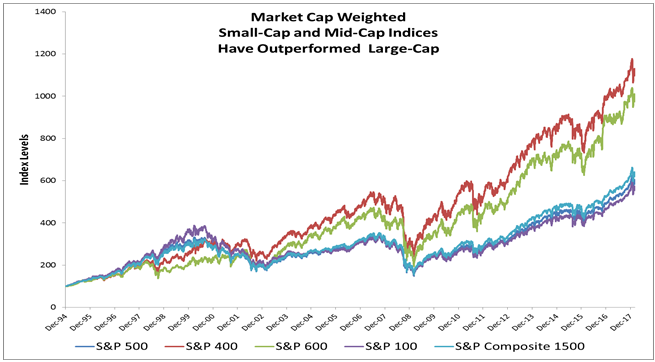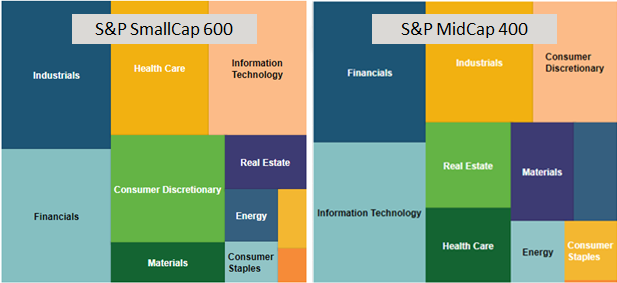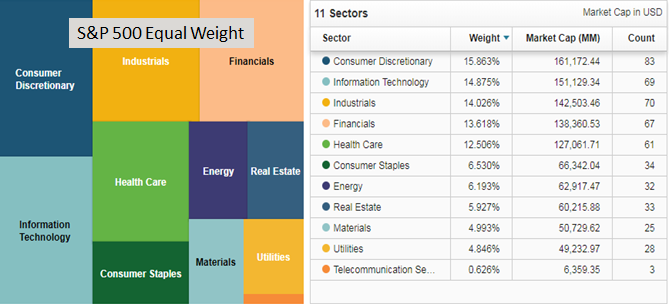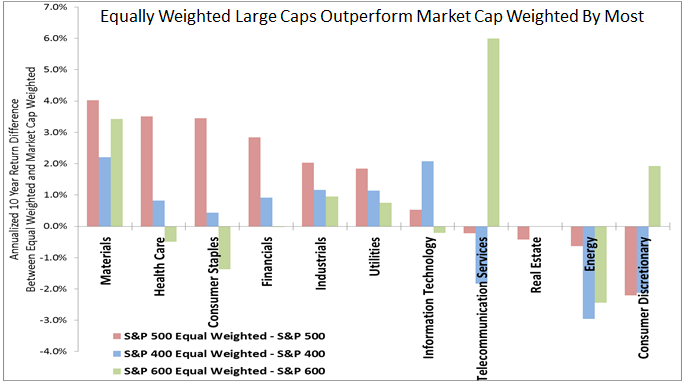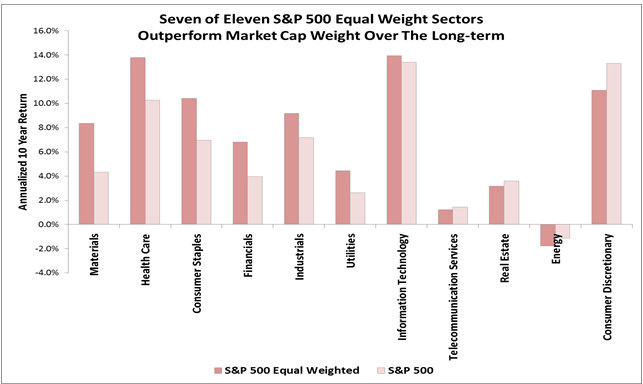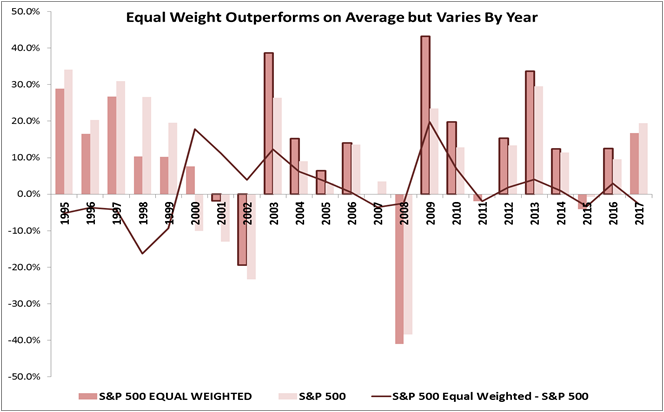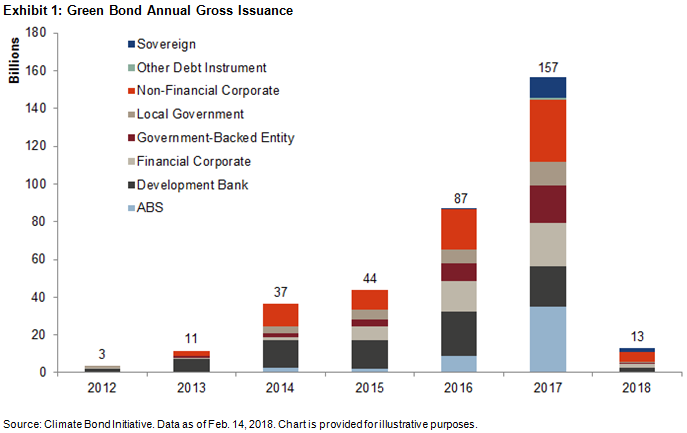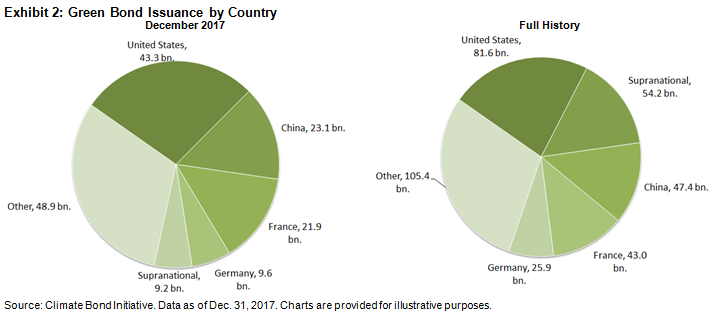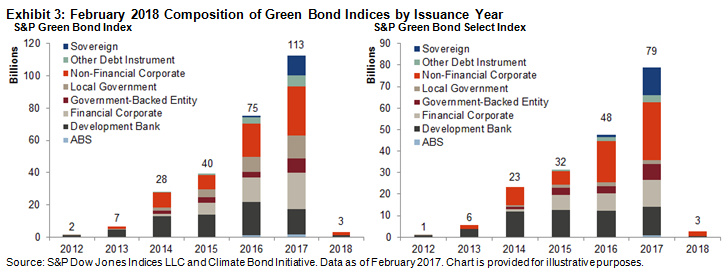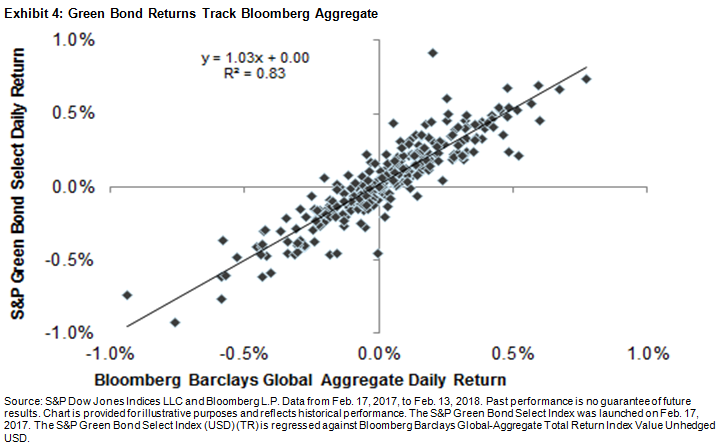Many companies in the Europe, Middle East, and Africa (EMEA) region appear not to be fully disclosing their carbon emissions—especially from their supply chain and use of products. For many sectors, this is often where most risks lie. Nevertheless, across EMEA there are encouraging signs that companies are investigating these gaps and taking action to prepare for the low-carbon transition and compliance with emerging voluntary disclosure requirements or potential legislated disclosure requirements.
The findings come from Trucost’s analysis of the latest data on carbon disclosure gathered by the investor-led CDP environmental data disclosure initiative from companies in 2017. Some 1,900 companies worldwide responded to the CDP’s data request, of which over 40% are headquartered in the EMEA region.
Trucost’s analysis suggests significant gaps in emissions disclosure among EMEA companies. Across all sectors, companies tend to underreport their carbon emissions by 7%, on average. To dig deeper, Trucost sampled emissions data from firms in two sectors—health care and financials—comparing their actual disclosed emissions with expected emissions, given their business activities. The results show a significant shortfall (see Exhibit 1).

Scope 3 emissions are of notable concern and complete reporting in this area remains a challenge. Scope 3 emissions include business travel, and companies may be most likely to report emissions in this scope because they are easier to measure. Emissions from supplies of goods and services and use of products tend to be harder to measure but are often of greater importance—in some sectors, they could account for 80% of a company’s emissions. This blind spot is a risk to companies, as costs from carbon pricing measures such as carbon taxes, fuel duties, and emissions trading schemes could be passed up the supply chain or make carbon-intensive products more costly to own and hence less attractive to buy.
The good news is that businesses are increasingly trying to understand scope 3 risks, and our analysis of CDP data found that companies were using techniques such as input-output modeling to calculate their supply chain emissions. Two-thirds of EMEA respondents were also engaging their suppliers to implement measurement and reduction initiatives.
In further good news, Trucost’s analysis found that about 80% of EMEA companies responding to the CDP set an internal price on carbon in 2017, and 50% are adopting science-based targets that are aligned with the Paris Agreement to limit global warming to 2 degrees Celsius.
Although progress is being made, EMEA companies need to continue improving their reporting. Carbon disclosure is evolving due to demand from investors for financially relevant carbon data and forward-looking metrics that assess exposure to carbon risks. The disclosure of such data is being encouraged by the Financial Stability Board’s Task Force on Climate-related Financial Disclosures (TCFD), whose membership includes EMEA financial policymakers and regulators. From 2018 onwards, the CDP is set to align its annual climate change information request with the TCFD recommendations.
In addition, the EU High-Level Expert Group on Sustainable Finance’s report, “Financing a Sustainable European Economy,” makes wide-ranging recommendations that could affect how EU companies will be required to disclose environmental as well as social and governance information. Although the initial focus of the report is on how financial institutions and regulators should support the transition to a more sustainable economic model, recommendations made in the report could inform how companies are expected (or required) to disclose their carbon emissions to the financial market in future.
The posts on this blog are opinions, not advice. Please read our Disclaimers.

















































